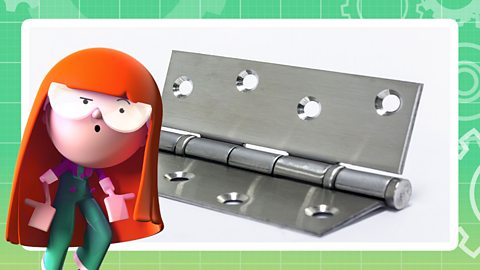What is a pneumatic device?

Pneumatic devices use the power of compressed air (air that has been squashed tightly into a space) to make something move.
The compressed air or gas can be used to move motors, cylinders or other mechanical parts.
Pneumatic systems are also used in car brakes and in everyday tools, such as drills and power washers.
The word 'pneumatics' comes from the ancient Greek word 'pneuma', which means 'breath' or 'air'.

Video: Pneumatic devices
Join Sam in the workshop as as he explains how pneumatic devices work and where you can find them.
PUFFING SOUNDS
There we go! I’ve blown up this balloon. I forced air inside, stretching the rubber.
The air inside the balloon is at a higher pressure than the air outside the balloon, and it is trying to escape.But it can’t get through the rubber of the balloon.
So, if I give it an escape route by letting go of the end…
PFFFTTT SOUND
… the stretched rubber helps push the high pressure air out. And this is how pneumatic devices work.
Pneumatic devices use air pressure to create movement, but let’s go back to the balloon. This car has a balloon attached to it.
PUFFING SOUNDS
Look what happens when the high pressure air escapes from the balloon this time. It pushes the car forward. The air pressure is turned into forward movement.
So, this balloon powered car is a pneumatic device. Air pressure is used in many things to help achieve a task, or create movement.
PUFFING SOUNDS
A bicycle pump forces air into a narrow tube that can then be used to inflate a bicycle tyre. Paint sprayers use high pressure air for painting.
HISSING OSUNDS
And when you hear those loud drills on building sites that break up concrete or dig holes, they also use air pressure, and are called pneumatic drills.
THUMPING SOUNDS
Next time you’re on a bus, listen out at bus stops. You should be able to hear the sound of air escaping, as many buses use pneumatic devices to open and close their doors.
HISSING AND CLICKING SOUNDS
So, there we go. Pneumatic devices use air pressure to create movement.
How do pneumatic devices work?

Pneumatic devices work a bit like blowing up a balloon and then letting the air out to make something move.
However, instead of using someone’s breath, machines use compressed air or gas that's squeezed into a container.
When the compressed air or gas is released, it rushes out and pushes the machine's parts, making them move.

Examples of pneumatic systems
Let's have a look at some more common examples of pneumatic devices that you might know.

Image caption, Bus doors
Buses often use pneumatic systems to open and close their doors.
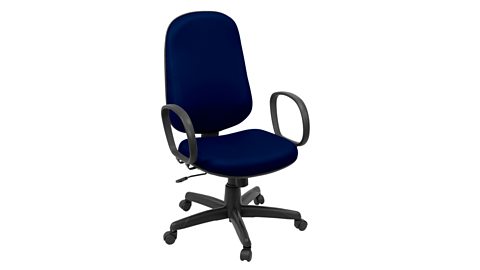
Image caption, Office chairs
Office chairs use pneumatic systems to rise up and down.
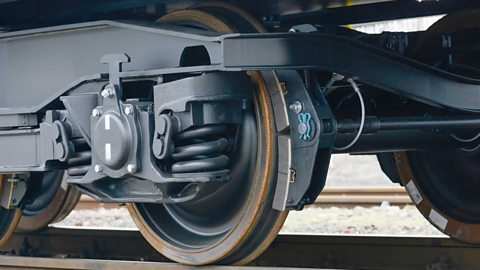
Image caption, Train brakes
Trains use pneumatic brakes to control their speed and bring them to a stop safely.

Image caption, Rollercoasters
Pneumatic systems are used in rollercoasters to close safety harnesses and bring the ride to a stop using brakes.
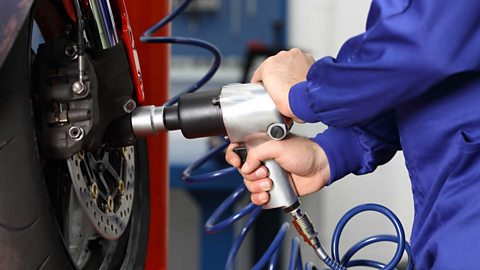
Image caption, Power tools
Power tools like pneumatic drills and impact wrenches use compressed air to make work easier.
1 of 5
Key words
| Compressed | When something has been pressed together or squeezed into a smaller space. |
| Mechanism | A set of moving parts that work together to make something happen. |
| Pneumatic system | A mechanism or series of mechanisms that use compressed air to create movement. |
| Pneumatic device | A device that contains a pneumatic system. |
Quiz
Take this quiz to find out what you know about pneumatic devices.
SATs preparation resources. activitySATs preparation resources
Get ready for the SATs papers with videos, activities, quizzes and games to refresh your knowledge and practise your skills.

More on Mechanical systems
Find out more by working through a topic
- count4 of 5
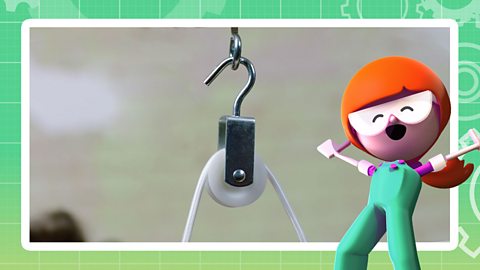
- count5 of 5
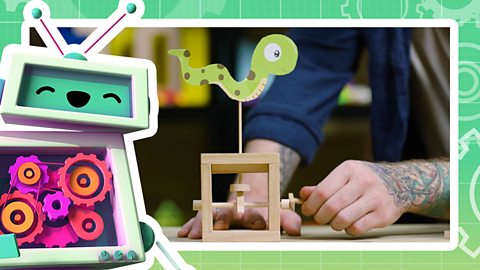
- count1 of 5
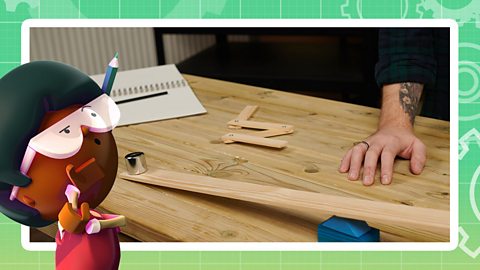
- count2 of 5
